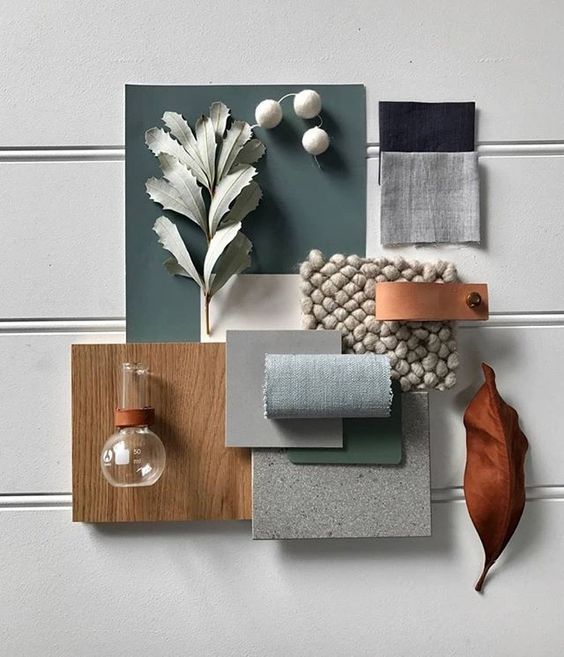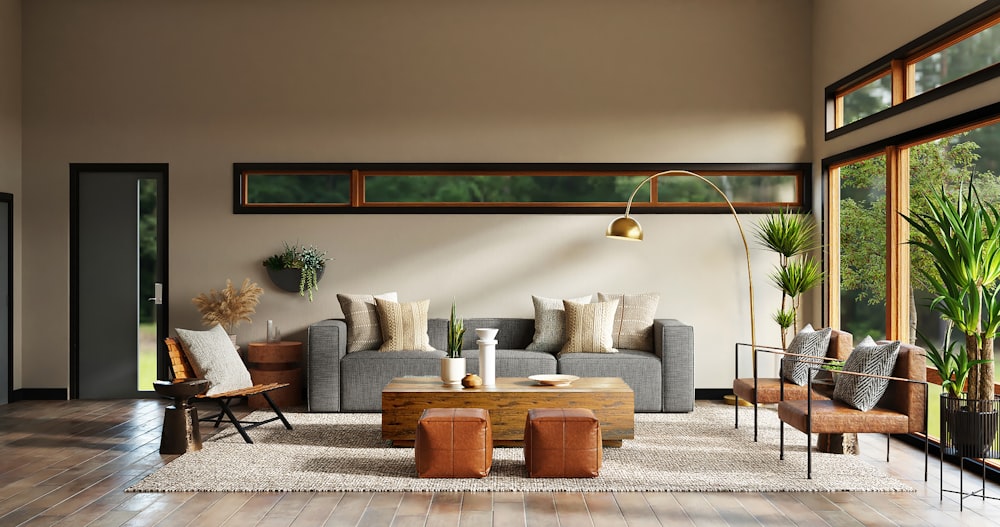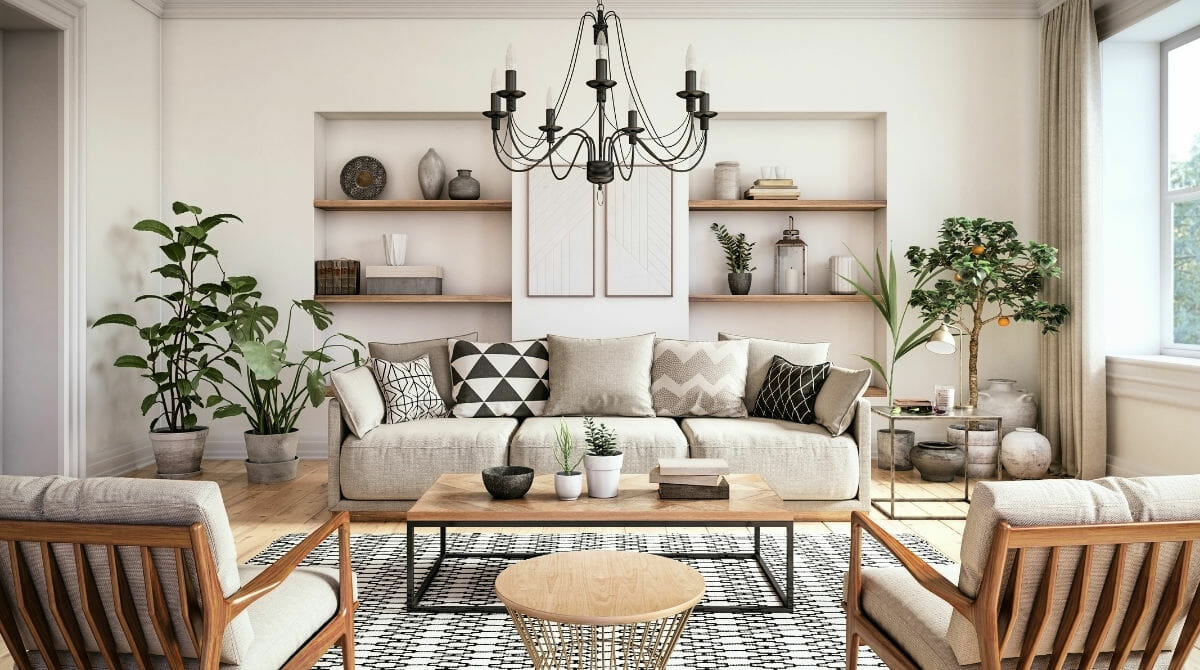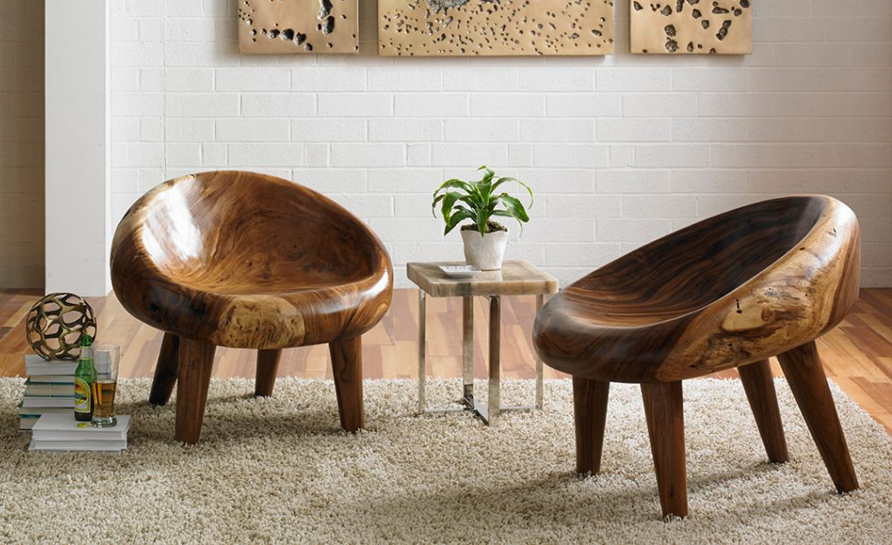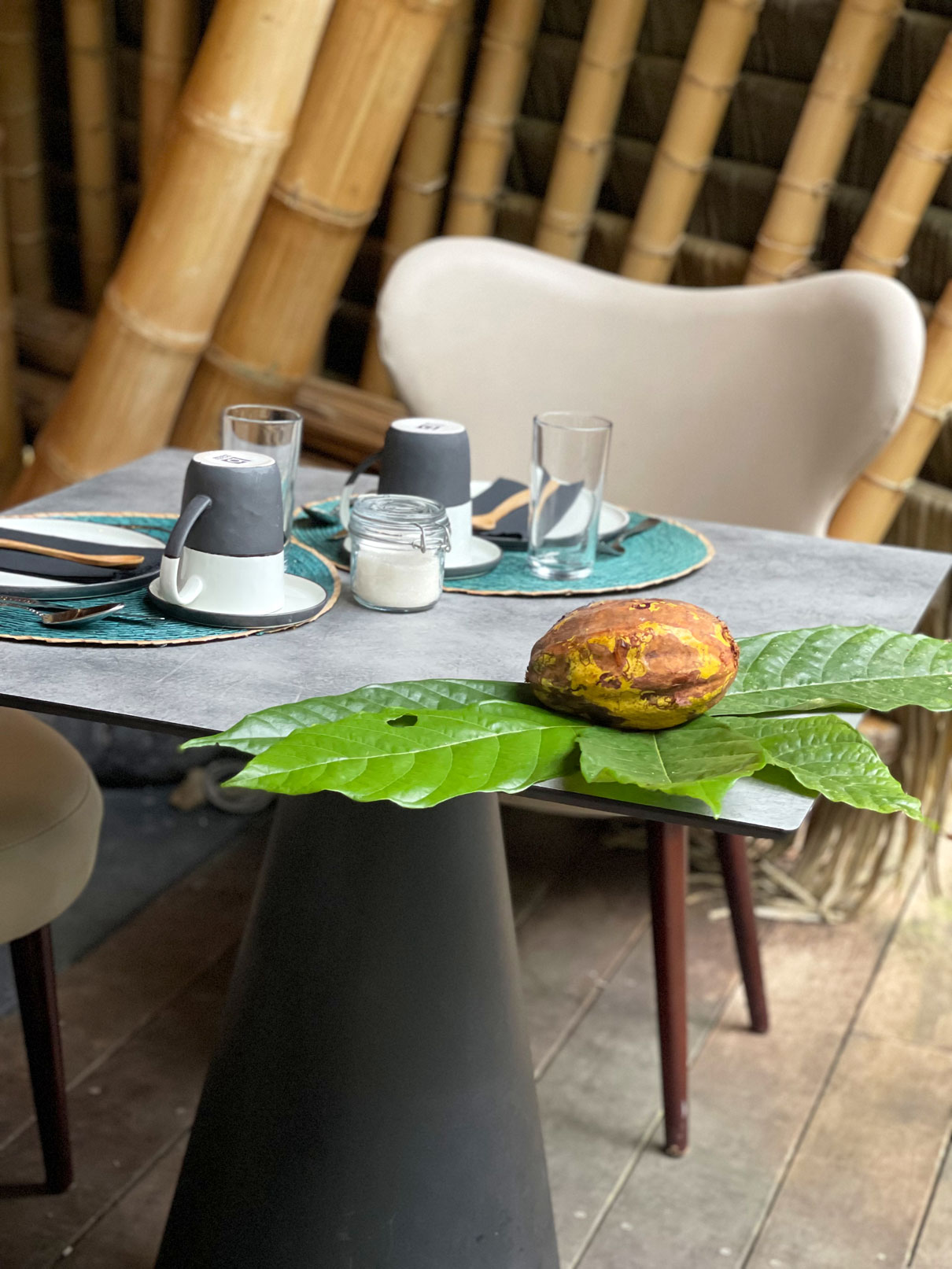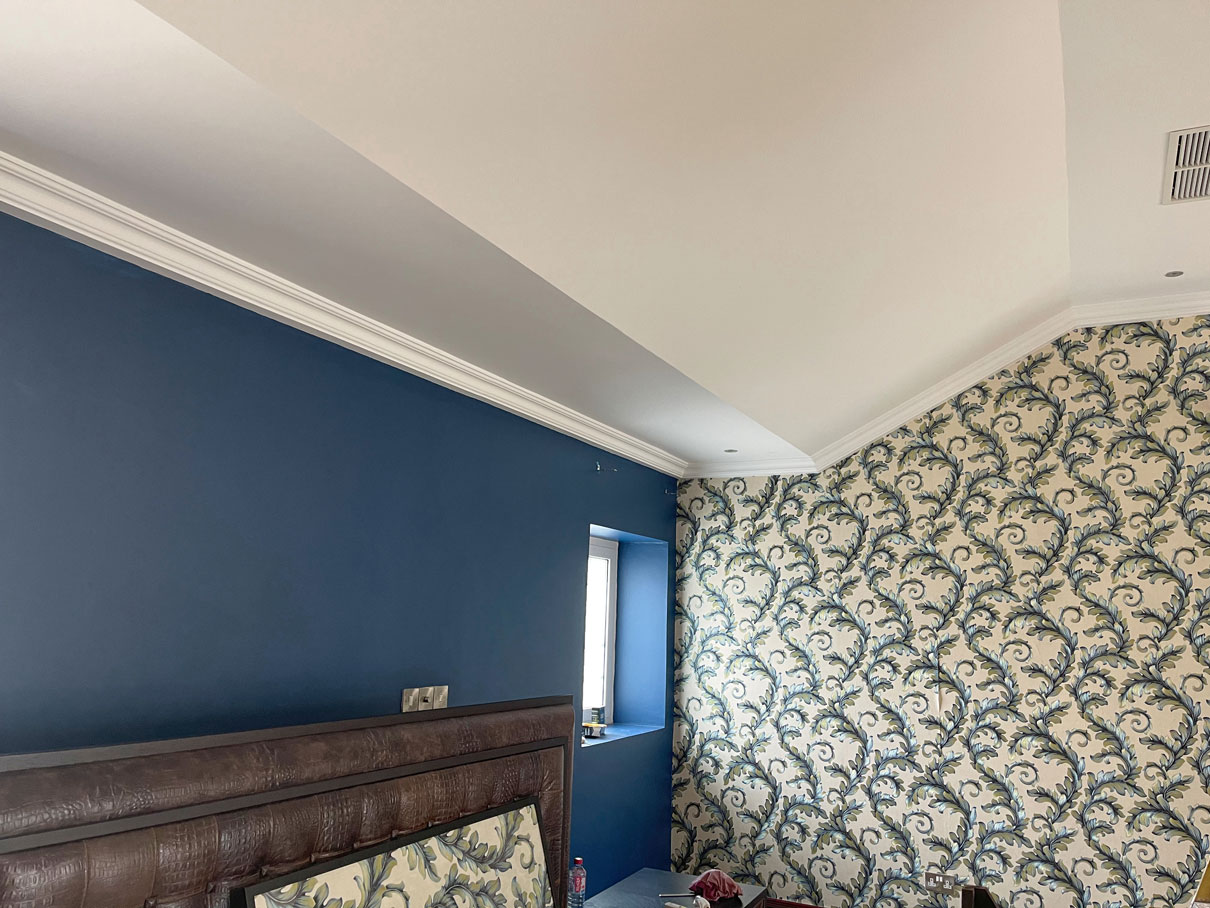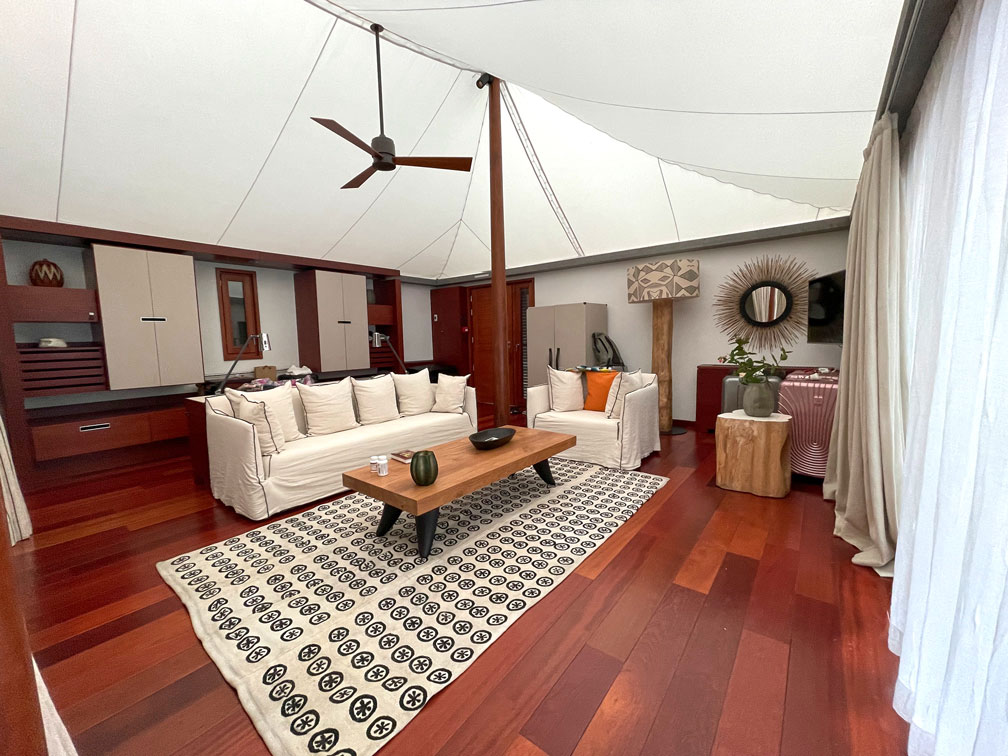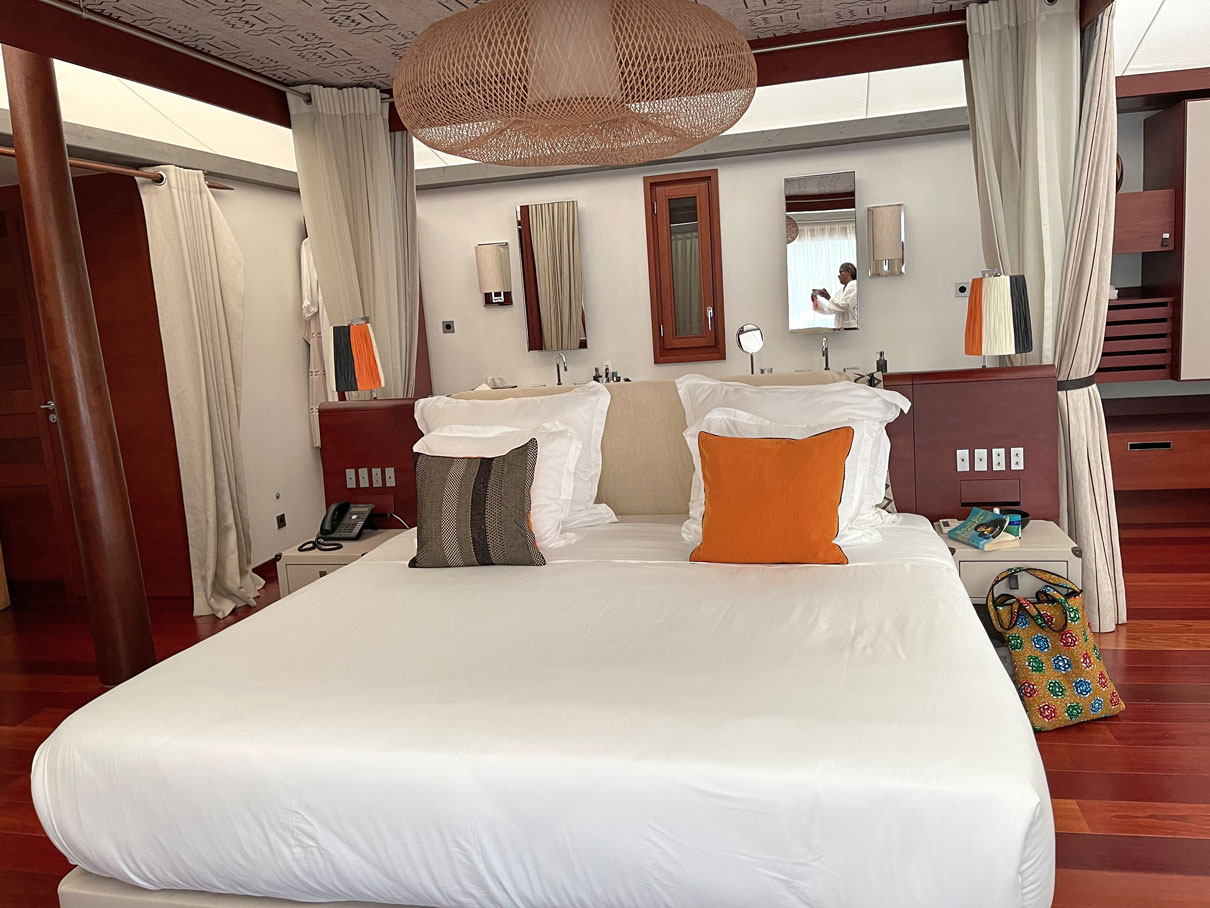As interior designers, we design spaces not for functionality alone. The materials we use affect the user’s perception and integration into the surroundings and the ease of movement in the space.
If the client requests a feeling of warmth, for example, wood floors, which are perceived as warm, would be more appropriate than porcelain tiles, which can be perceived as cold. In this instance, it is perception as opposed to actual temperature.
Specific factors govern the selection of materials as design elements, from the aesthetic and artistic to the functional, technical, economic and environmental.
The designer must consider each while still accounting for the client’s preferences, needs and budget.
Selecting materials is a process governed by the following:
Functional factors
The material needs to be fit for purpose. consider things like maintenance, cleaning, safety & acoustic properties. Material must not only be suitable for its application & use but durable too.
Ask whether the material is resistant to damage or fire, for example. Correct regulations & standards are important in specifying the material.
Aesthetic Factor
The aesthetic factor relates to the all-important visual co-ordination with the intended use of space as well as allowing the design concept to evolve.
It relates to texture, shapes, colour, patterns, style, light & reflection qualities. Size & scale must always be considered in relationship to application & the visual space it is intended to occupy.
samples of materials are vital to co-ordination of the scheme including the architectural such as aluminium door & window colour or wood frame colour, stone, tiles, paving, paint colour for both interior & exterior, floor finish, cladding, shopfitting colours & wallpaper.
It is a good idea to keep a sample library of certain architectural materials on hand because of the interplay between the architecture and interiors.
The materials must suit the design idea from the hard to soft finishes. Designers aim for the project to be unique so that they are elevated from other designs.
They must be visibly appropriate and correct in all factors including size and scale.
Be acutely aware of the combined effect of the many materials in the design scheme – for the individual materials ultimately from part of the whole.
The Economic Criteria
Costs to be considered when choosing materials are costs of the material itself, transport costs, installation
costs and maintenance costs.
Although economic restraints may inhibit certain choices, it is important to always choose high quality materials which in turn will ensure both aesthetic and functional durability.
Mechanical Characteristics
The mechanical characteristics of material includes strength, hardiness and suitability in application. One needs to consider the technicalities and mechanics in addition to its artistic characteristics.
Sustainability
It is important to design with sustainability in mind. Today, natural & recyclable materials are seen to be relevant and adding value to projects.
Design with awareness and conscious deliberation of environmental criteria.
Source: Interior Design Professional Guide, Titi Ogufere.

